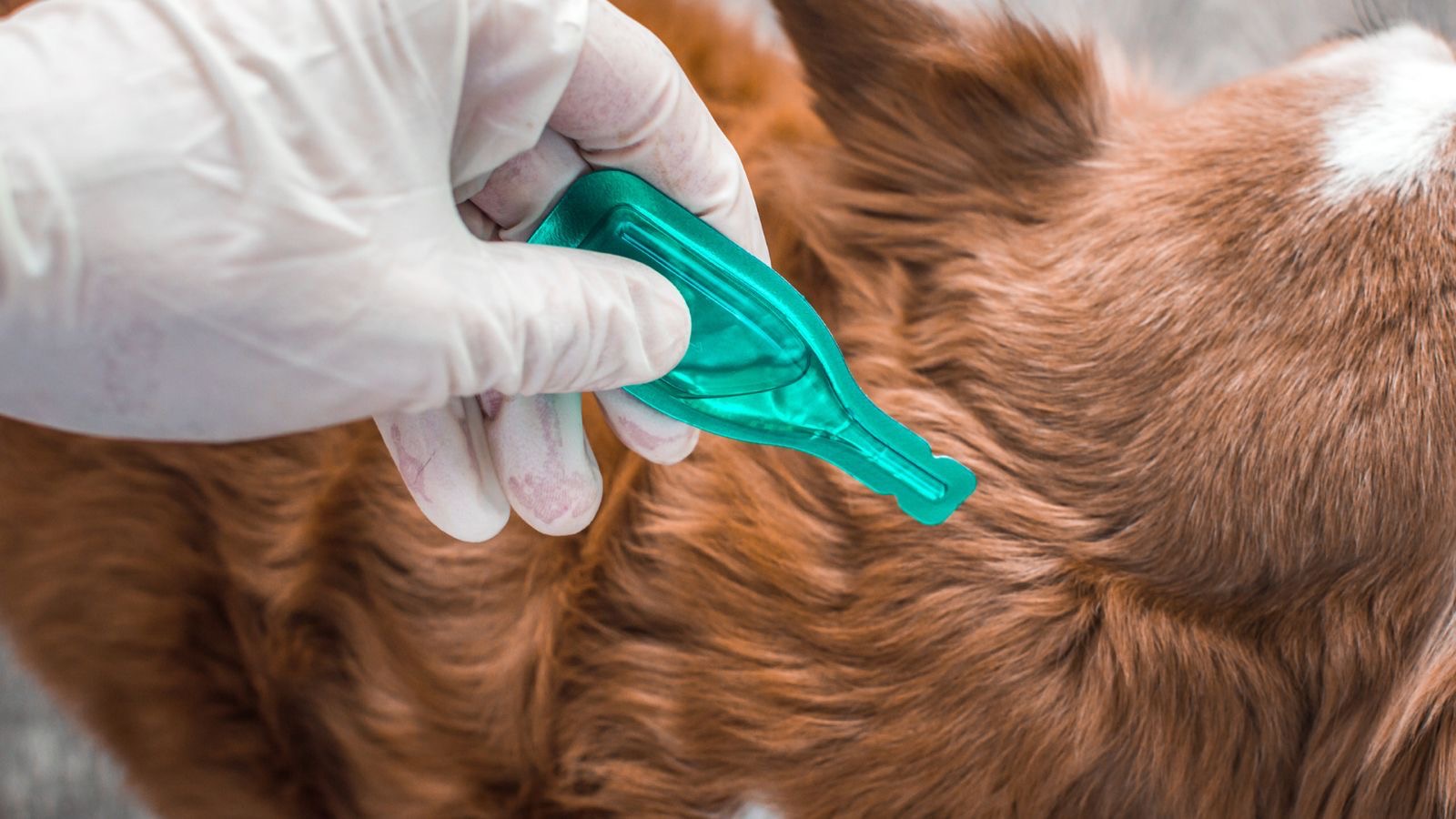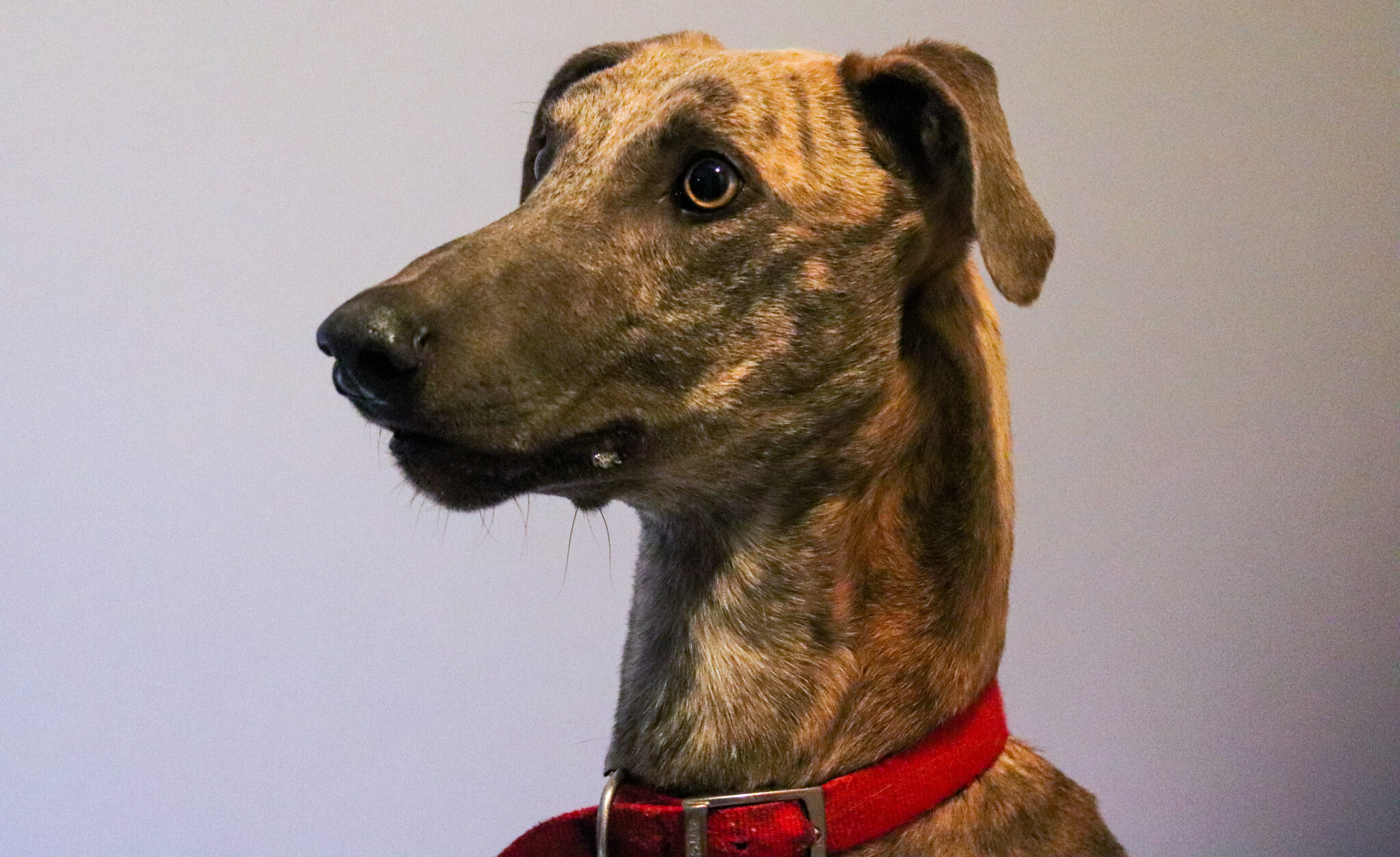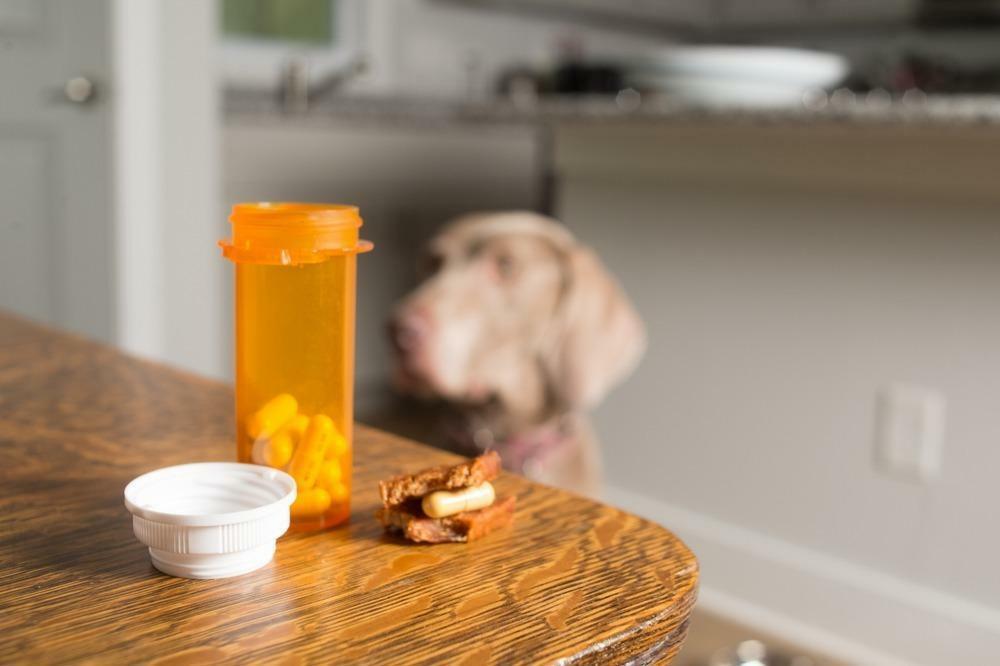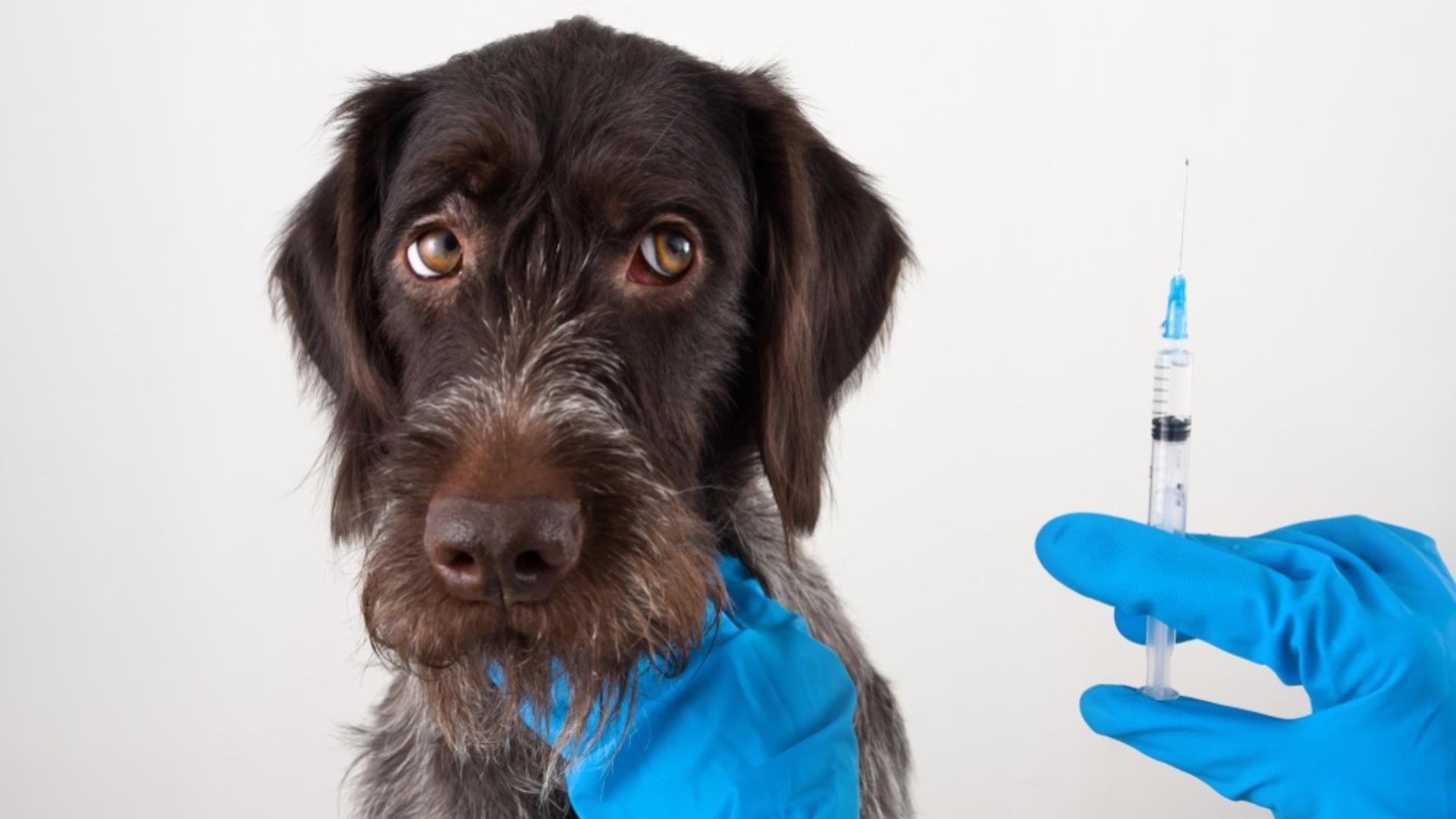Whilst not our general remit, here at
My Pet Nutritionist, we often see the longer-term impact of infection or infestation of certain parasites in dogs. We can often trace digestive discomfort to parasite treatment protocols too! For that reason, we thought we’d explore parasites in a little more detail.
Parasites can be endo or ecto. The difference is their habitat.
Endo = lives inside the host
Ecto = lives on the surface, outside of the host.
Ectoparasites
The most common ectoparasites include ticks, mites, fleas, lice, mosquitoes, and flies.
We are interested in them because:
- They may cause cutaneous lesions which may lead to secondary bacterial or fungal infections and various kinds of dermatitis,
- They can induce immunopathological responses, especially allergic reactions, with flea allergic dermatitis (FAD)being the most important
- They can transmit pathogens
- They may be zoonotic or transmit zoonotic infections
- Their control is part of maintaining healthy pets – he direct health implications of ectoparasite infestation can be more than skin deep, for example heavy blood sucking arthropods can cause anaemia.
Fleas
In Europe the most common flea species found on dogs, cats and on other small mammalian companion animals are Ctenocephalidesfelis, followed by C. canis, Archaeopsylla erinacei (hedgehog flea), and occasionally other flea species such as Ceratophyllus gallinae, Echidnophagagallinacea (poultry fleas), Spilopsyllus cuniculi (rabbit flea) and Pulexirritans (human flea).
Fleas are 1–6 mm long, flattened wingless insects, with robust hind legs enabling jumping and possess a mouth adapted for piercing skin and sucking blood. Once emerged from the pupa, adult male and female fleas start to actively seek a host. In the absence of a host, they can only survive for a few days. After the first blood meal, they need daily blood meals for survival and usually remain on the same host for the remainder of their life. Maximal recorded longevity is 160 days, but most fleas survive for about one to three weeks as they are groomed out by the host.
Non-allergic animals may have few or no clinical signs and only show occasional scratching due to irritation caused by fleas or their bites. Animals that are allergic or develop an immunological reaction to flea saliva, show pruritus, alopecia, broken hairs, and scabs with crusts. Moist dermatitis may also be seen. In chronic cases, the skin shows thickening and hyperkeratosis. In young, old, or sick animals, heavy infestations with a large number of fleas can cause anaemia. Infection with tapeworm can be an indication of a current or recent flea infestation.
Ticks
Female ticks can increase their weight up to 120 times as they engorge with blood; when fully engorged they can measure around one centimetre in length and resembles a small bean.
Ticks spend a variable time on their hosts;in some species, each stage feeds for only a short period of one to two weeks.Generally, ticks are seen as vectors of bacteria, viruses, protozoa and nematodes affecting both companion animals and humans. Infections can be transmitted in saliva as the ticks feed or, more rarely, after the tick is ingested.
Generally, tick infestation is highly seasonal; in the UK and central Europe there are typically two peaks, one inMarch to June and a second in August to November.
Ticks can be found all over the body but the main sites are the non-hairy and thin-skinned areas such as the face, ears,between the toes and perianal regions. Removal of blood, in heavy infestations and under certain circumstances, may lead to anaemia.
The wound caused by a tick bite may also become infected especially if the if the tick is forcibly removed and the mouth parts remain in the skin. Attached engorging female ticks, which can measure 1 cm in length, are easy to see.
The main concern of ticks is their role as vectors of pathogenic agents which cause a range of tick-borne diseases.
Demodectic Mange Mites
Female mites are up to 0.3 mm long, males up to 0.25 mm. Demodex mites in dogs are considered a normal community found in the skin and are seen in small numbers on many dogs without any clinical signs. They spend their entire life in the lumen of hair follicles, but in heavy infestations, they invade the sebaceous glands. Demodex mites are unable to survive away from their hosts.
Demodectic mange caused by
D. canisis a common skin disease in dogs. Newborn puppies usually acquire mites fromtheir mothers via direct skin contact during nursing, and so the first sites ofinfestation are the upper lip, eyelids, nose, forehead and ears.
Over time, mites colonise the skin overmost of the body.
Demodex spp. don’t infest other animal species(including humans) and although transmission of mites may occur during directcontact between older animals, the disease is not considered to be contagioussince most animals that develop demodicosis are thought to suffer from anunderlying condition or a genetic defect that compromises their immune systems.
Endoparasites
When we look at endoparasites, we are generally considering some type of worm.
Roundworm
Toxocara canis and toxascaris leonine are two species of roundworm that are known to affect dogs. Both are long, white and spaghetti-like in appearance and absorb nutrients from the infected dog.
Roundworm larvae will initially infect adog’s intestinal tract but can burrow their way into other bodily tissues and organs. As the larvae mature, they will move onto the lungs to develop, then upto the airway before being coughed up and swallowed again, re-entering the intestine to complete their lifecycle. Toxascaris leonina however, do not move around the body and have a far simpler lifecycle.
Tapeworm
Tapeworms are flat, segmented little creatures. They belong to the
cestode familyof intestinal worms.
The tapeworm uses its hook-like mouth parts to attach to the wall of the small intestine. The adult worms may reach 30 cm in length. As the adult matures, individual segments, called
proglottids, are passed in the faeces of an infected dog. The proglottids are about 12 mm long and about 3mm wide. They are easy to recognise as grains of rice.
Tapeworms must first passthrough an intermediate host, like a flea before they can infect a dog.
Lungworm
Dogs pick up a lungworm infection by swallowing infective stages of the parasite. The exact means of picking it up,varies according to the life cycle of the parasite. In some, the parasite larvae require an intermediate host – specifically a snail or a slug – to complete their development. Dogs usually pick up an infection by eating slugs or snails, or by eating another animal, such as a frog, mouse, or bird, that has eaten a slug or snail.
But protozoa are endoparasites too!
A wide range of intestinal protozoa commonly infect dogs; with a few exceptions there seem to be no limitations in geographical distribution.
These infections share common characteristics:
- Signs of disease are often associated with developing stages in the intestine and are in most cases non-specific.
- Younger animals are most affected.
- Their pathogenicity is variable both within and between genera and infections can be self-limiting.
- The onset of clinical signs usually occurs several days after infection.
- Severe clinical signs may sometimes be related to co-infections with other pathogens, like viruses and bacteria.
- Several agents are zoonotic including Toxoplasma, Cryptosporidium, and potentially Giardia.
Giardia
This infection may cause chronic intermittent diarrhoea rich in mucus. It may also present as anorexia, vomiting, weight loss and lethargy, particularly in immunocompromised animals, and puppies/kittens with coexisting infections or severely stressed animals. But what is particularly interesting is that in dogs, Giardia can often be commensal; whereas in cats, it is almost always pathogenic.
The overall prevalence of Giardia in dogs and cats is around 3–7%, however this is higher in young animals below one year of age, making it one of the most frequent endoparasites in this age group.
Giardia protozoalive in the small intestine, where they attach and multiply. They produce cysts that are passed in the faeces. Transmission occurs when a dog eats thesecysts, either through contact with an infected dog or a contaminated environment. Shedding of cysts by an infected dog may be continuous over several days and weeks but is often intermittent.
Cleaning and drying of the environment(including blankets, bedding etc.), the use of clean utensils for feed and water to remove faeces or cysts and correct disposal of faeces are essential in avoiding transmission.
Campylobacter
Campylobacter spp are spiral bacteria that cause gastroenteritis in animals (and people). It invades epithelial cells and those found in the lamina propria.
Animals serve as reservoir hosts for Campylobacter spp infections, and you will find it in the GI tract of a wide variety of domesticated and wild vertebrates. For this reason, zoonotic transmission from animals to people, in meat of animal origin, can be a food safety issue. Campylobacter spp is also found in free-living birds, leading to the contamination of environments of grazing animals. Wild rodents and insects like flies have also been reported to harbour and transmit it.
Campylobacter sppcan persist for long periods in faeces, milk, water, and urine, especially at temperatures close to 4ºC. Domesticated poultry are the most significant reservoir of C jejuni jejuni for humans,causing 50%–70% of cases.
That said, Campylobacter spp is found in both healthy and diarrhetic animals.
So, what do all these nasty critters have in common?
There are worse outcomes when paired with an already compromised system.
To give our dogs the best chance, we really need to be supporting their health – from day dot with a natural diet and gut immune support!
This means finding a breeder that takes the welfare of their Mothers and Puppies as seriously we do! If you adopt, then it means starting from the day you bring them home, and if you’re only just getting into the rabbit hole of dog health and well-being then it means starting as soon as you finish reading.
We need to support immune function – this isn’t about
boosting immunity, it’s just about giving it everything it needs, to do exactly what it needs at the right time, and in the right volume! If you’d like to know more about the immune system and its function, check out our blog
here.
You can also add some foods to the bowl which are known to support immune function
here.
We also know that the gut trains immune function, so ultimate gut health is the goal! Check out our blog
here to learn more about the function of the digestive system and our blog
here for on how to optimise it!
You may also want to consider whether any nutritional shortfalls could be compromising your dog’s overall capacity to put up a good fight! Check out our blog
here.
If your pet receives conventional parasite control, please support the digestive and detoxification systems in order to prevent long term issues such as IBS and IBD.
Parasite control in our pets is a complex subject, as are treatment protocols. Here at My Pet Nutritionist, we are here to listen to your concerns and help support you on your journey. If you would like any support with your dog’s health, then check out our services below.
If your dog has had parasite treatment and faces digestive issues, please contact us.
Thanks for reading!
MPN Team x
















